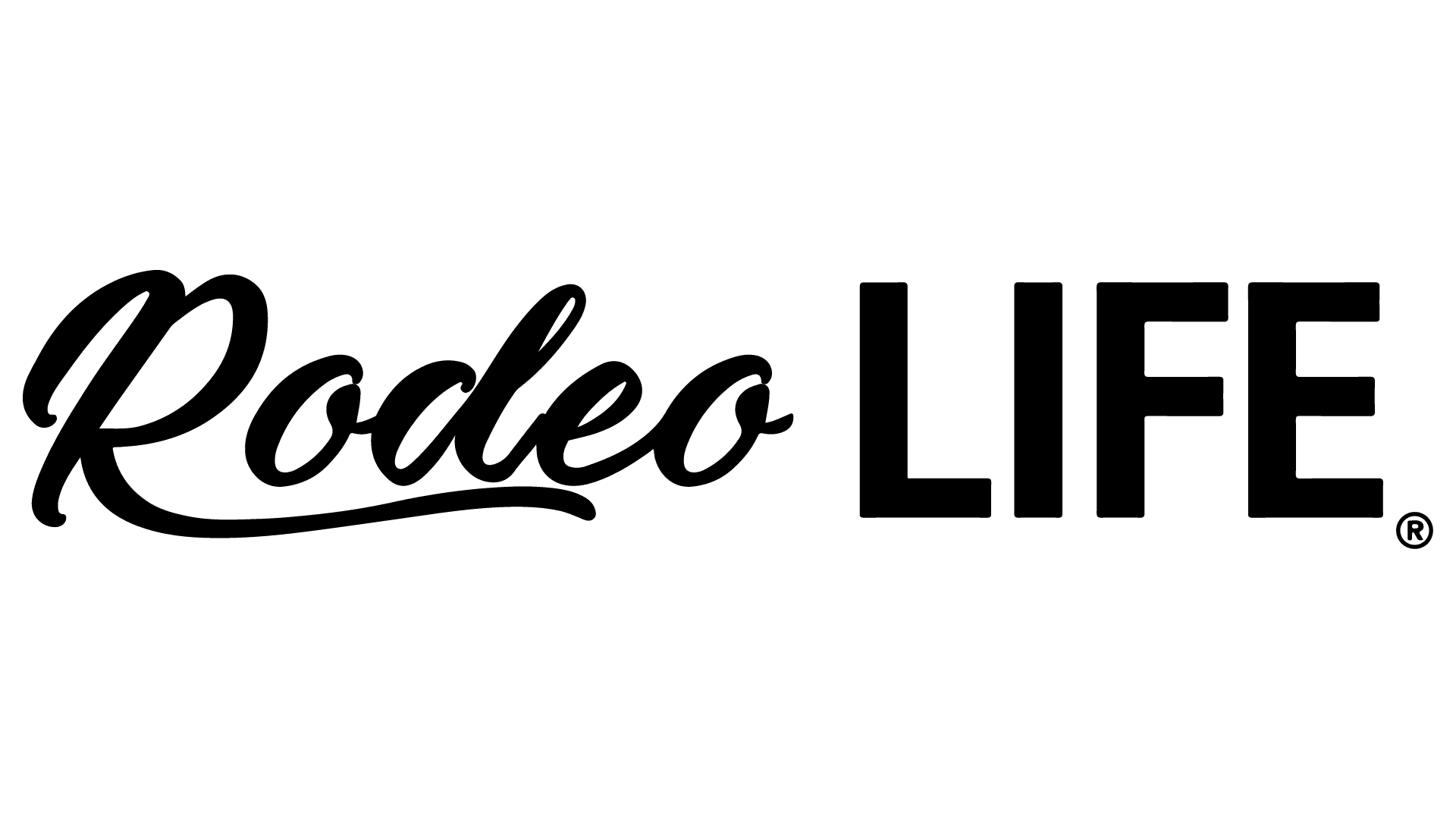
By Ruth Nicolaus
Rodeo enhanced Roy Lilley’s life and gave him life-long friendships.
The Ft. Collins man competed in all three roughstock events at Colorado A&M (now called Colorado State University), and was part of the team that won the national championship in 1952.
Born in 1930, he was raised on the Table Mountain Ranch at Virginia Dale, Colo., between o. and Ft. Collins, Colo. He competed in high school sports but not in high school rodeo (“it hadn’t been invented yet, for goodness sakes,” he said). After graduating from LaPorte High School in 1948, he went on to Colorado State. He was too intimidated by “all these cowboys” to attend the rodeo club the fall semester of his first year of college, but by spring, he was riding barebacks, and by his sophomore year, he had added saddle bronc riding and bull riding.
During his college years, he competed at Rodeo Cowboys Association shows, as the RCA recognized NIRA memberships. There were very few amateur rodeos in Colorado, and pro cowboys didn’t compete at them anyway. “You could be blacklisted if you went to an amateur show and were an RCA card holder,” he said.
One of the more unique prizes Roy won was a colt, a full brother to Peppys Pokey, a National Western Livestock Show Grand Champion. The King Ranch had donated a registered quarter horse as the prize for the all-around, and Roy was supposed to pick it up. It was winter, and he couldn’t get to Texas till spring to get the horse. By the time his parents were able to travel to Texas, the chosen colt had gotten sick and been replaced. The yearling, a colt by Peppy out of Muchacha Colorado, had a bit of a roman nose and droopy lower lip and didn’t look that appealing, but Roy’s mother, who was a horse lover and student of pedigrees, realized his potential. “Without the bad head and droopy lip he surely would not have been gelded,” Roy said. “I named him Dick, and what happened to him is another story.” The colt was named after Dick Kleberg, King Ranch heir and manager at the time.
Roy’s older brothers, Frank and Chuck, were students at CSU and also rodeo contestants, with Roy following in their footsteps. The NIRA was newly formed, and Frank served on the board for a year. The first two College National Finals Rodeos were held at the Cow Palace in San Francisco, with the third one, in 1951 in Ft. Worth and the fourth in Portland at the Rose Festival in 1952. Roy qualified for the 1951 event and worked all three roughstock events. “I was really big-eyed,” he said, referring to the Cow Palace and the city of San Francisco. “We were kind of countrified, us old boys.”
In 1952, the year the CSU team won the national championship, Roy won second in the bareback riding and saddle bronc riding, third in the bull riding, and was reserve all-around champion. That year, he won the bull riding and split the average in the saddle bronc riding with Cotton Rosser. However, the 1952 CNFR results disappeared and were never reported. Rosser and Tex Martin, among others, Roy said, can testify to those results.
After graduating in 1952 with an animal science degree, Roy was drafted and served in Korea 21 months. After he came home from Korea in 1954, he rodeoed professionally till the fall of 1956, working the local county fair circuit, among others: Cheyenne, Wyo., Monte Vista, Boulder, Durango, the National Western in Denver, and across Kansas, Wyoming, and South Dakota. Before the war, he won the amateur bronc riding at Cheyenne Frontier Days and the county fair in Loveland.
It was in 1957 that he decided to quit rodeo. “I had to make a living,” he explained. He worked for the American National Cattlemen’s Association for four years, then went on to serve as executive director for the New Mexico Cattle Growers for four years, then worked seventeen years for the International Brangus Breeder’s Association. In 1979, he left the Brangus Association to work as executive director for the Nebraska Stock Grower’s Association. He retired in 1996 as Executive Vice-President of the Nebraska Cattlemen after the merger of the Neb. Stock Growers Association and the Neb. Livestock Feeders.
When he retired from rodeo, he didn’t regret it. “I’m not one to look back,” he said. His work with various beef associations was time consuming, involving travel and working weekends. He had cattle and horses and trained colts on the side.
Roy married Donice Logan, a friend since country grade school days, in 1997. He has a daughter, Elizabeth Askin, from his first marriage, and three children, daughters Shaun Heitz and Jennifer Applequist, and a son Brendan Lilley, from his second marriage. Donice has two children: Joe Whitney and Jim Whitney.
One of his favorite parts about rodeo was the competition. “I liked the one-on-one challenge,” he said. “Gritting your teeth and getting it done.”








